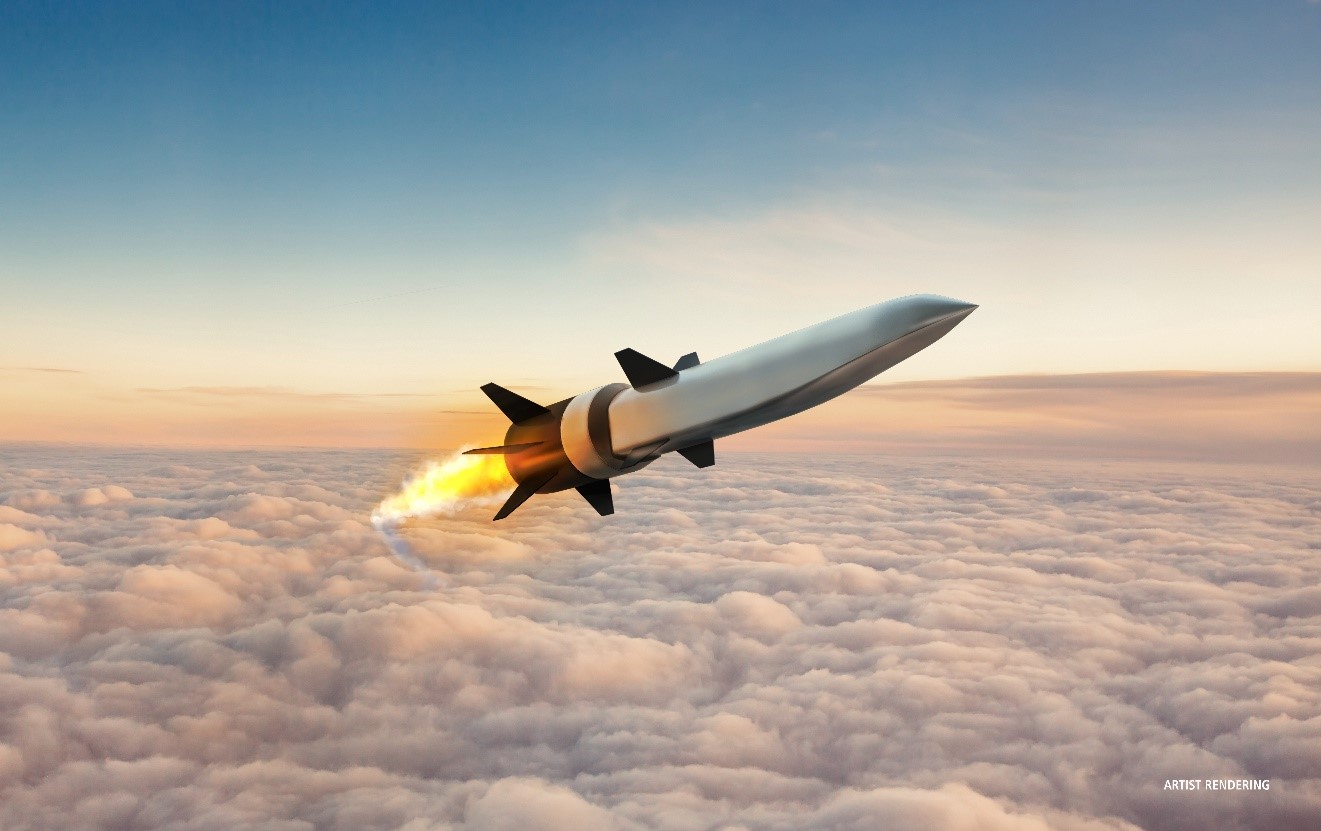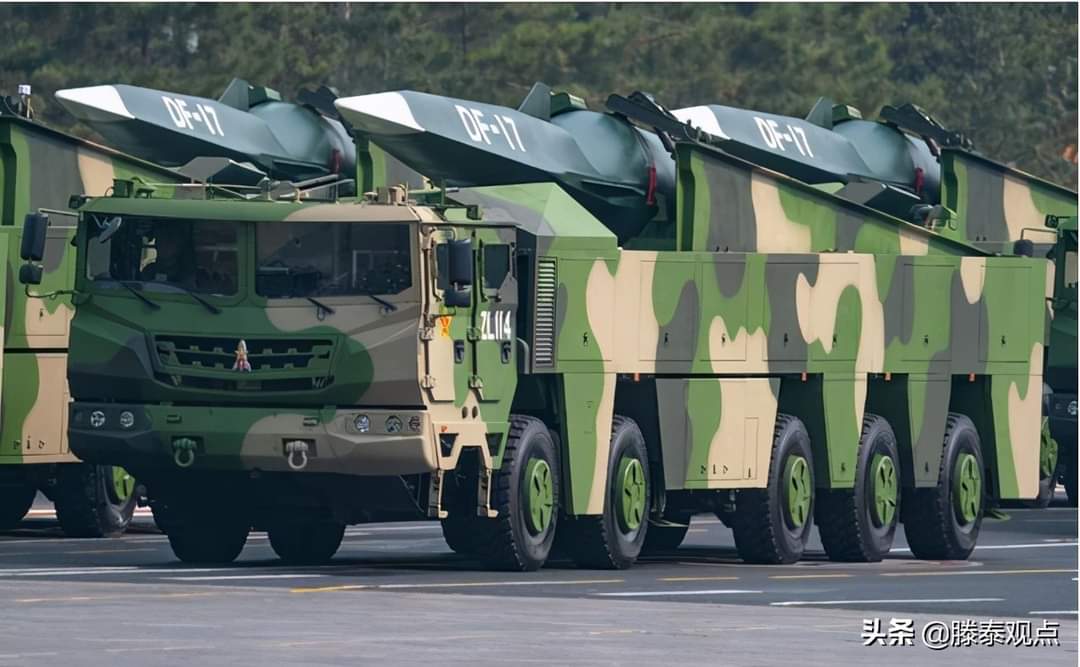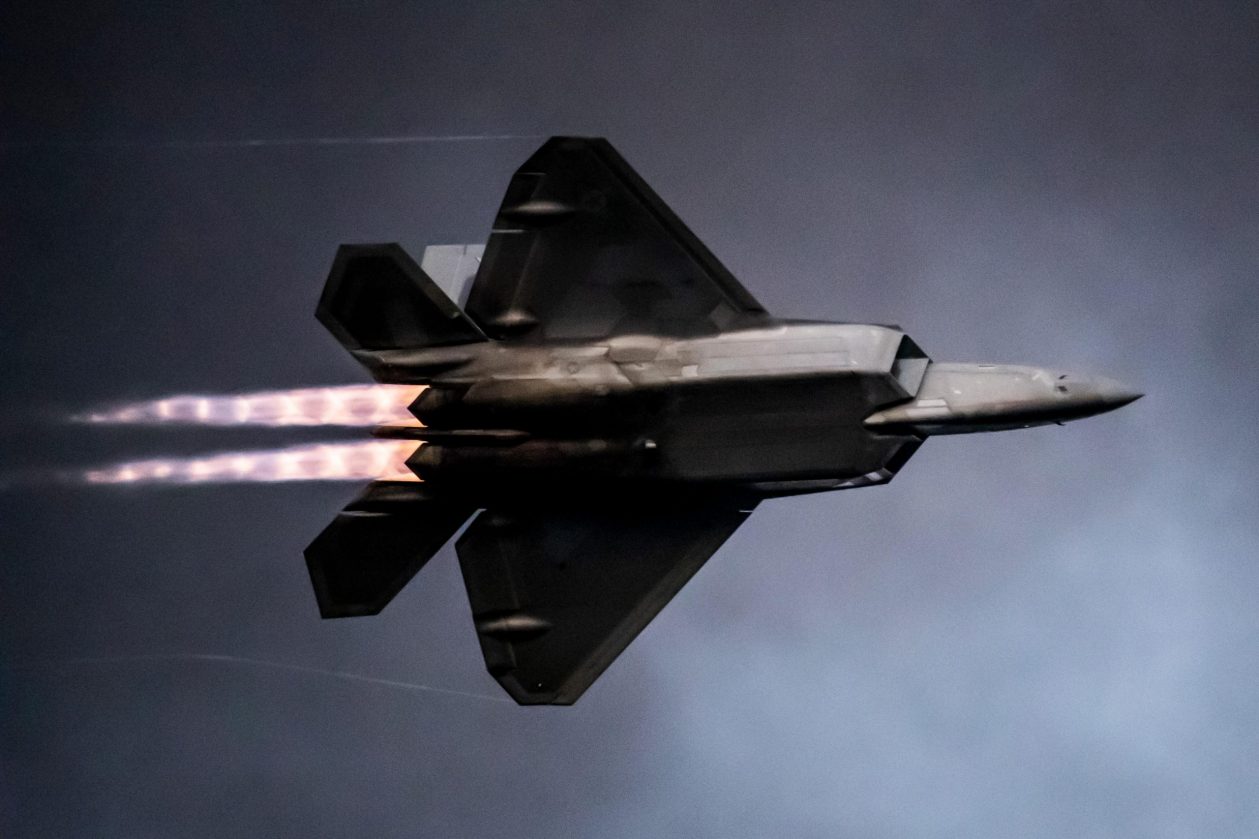At a time when the hypersonic weapon development has transcended into an aggressive race, Chinese researchers have made startling, big-ticket claims saying their hypersonic breakthrough is set to achieve split-second, pinpoint accuracy over long distances.
US Wants To Send A ‘Nuclear Rocket’ To Space – Here’s All You Need To Know About America’s ‘Top Priority’
Scientists involved in the hypersonic project have claimed that China is developing a heat-seeking hypersonic missile capable of hitting a moving car at 6,174 kmph or five times the speed of sound.
The research team, led by Yang Xiaogang of the PLA Rocket Force University of Engineering in Xian, claimed to have achieved “important progress” in tackling the key difficulty of pinpointing a moving target at high speeds.
Yang and his colleagues at the university’s College of Missile Engineering have been given until 2025 to find solutions to the seemingly intractable problems of hypersonic technology.
Killer Move! Ukraine Uses ‘Electric Bikes’ To Rain Missiles On Russian Army & Hunt Its Main Battle Tanks
These claims come a few months after the Chinese scientists announced that they had produced next-generation hypersonic weapons with infrared homing advancements, a technology they believe that the US would not have until 2035, as previously noted by the EurAsian Times.

Meanwhile, the US recently carried out a successful hypersonic missile test from its B-52H bomber. The US Air Force announced that the Air-launched Rapid Response Weapon (ARRW) hypersonic missile was successfully tested over the weekend.
??⚡️The US Air Force, after a series of failures, officially announced the successful testing of the air-launched AGM-183A hypersonic missile.
The launch was made from a B-52H Stratofortress strategic bomber off the coast of California on May 14th.
#USA pic.twitter.com/GTuBcZbpo2— The Rage ❌ | Conflict News (@THERAGEX) May 17, 2022
Currently, only China and Russia have operational hypersonic weapons. Last year, China conducted a hypersonic test in which the missile went around the world at five times the speed of sound or Mach 5 and narrowly missed the target.
Later, the missile also fired a sub-munition into the South China Sea, a revelation that rattled the world.
Putin’s New Stunner! As US Struggles, Russia Announces Developing ‘Next-Gen’ Mach 10 Hypersonic Missiles
The Chinese military is increasingly convinced that hypersonic weapons will alter the nature of warfare, and it is aggressively investing to gain a technological advantage over its rivals.
According to a report published in January by the Chinese peer-reviewed journal Tactical Missile Technology, the PLA’s hypersonic program employs roughly 3,000 scientists, which is 50% more than those working on conventional weapons.
According to the report, the average contribution of a researcher working on a hypersonic program to China’s military capability was estimated to be twice as much as that of a researcher working on aircraft or battleships.
Heat-Seeking Capability For Pin-Point Accuracy
The Chinese scientists noted in a research published in the Chinese peer-reviewed journal ‘Infrared and Laser Engineering’ that, since a superfast missile may traverse enormous distances in a split second, a small error in the positioning and guiding system can result in a huge miss of the desired target.
‘Double Trouble’ For World’s Biggest Defense Firm As Japan Mulls Removing It From Its Fighter Jet Program
They explained that a small moving target’s infrared signal “constitutes just a few pixels without detailed information such as shape, texture, and structure” across a long distance, making identification and tracking “extremely difficult.”
The heat sensor requires a very cold environment, but the missile’s surface temperature can reach thousands of degrees Celsius, generating a lot of background noise.
However, with the new heat-seeking technology, the Chinese military will be able to remove high-value targets from vast distances at unprecedented speeds, allowing them to “significantly expand the scope of application of hypersonic weapons in a regional war,” according to Yang.

Heat-seeking, also known as infrared homing, is a passive missile guidance system that uses electromagnetic radiation in the infrared spectrum to track and follow a target. Since infrared lies just below the visible spectrum of light in frequency and is emitted powerfully by hot substances, missiles that use it are known as “heat-seekers.”
Hypersonic weapons were originally designed to pierce air defense systems and hit stationary ground targets. It was widely assumed that poor maneuverability would make hitting a moving target difficult at such a high speed.
Due to its size and predictable movement against a rather stable background, a warship is reasonably easier to track. However, on the street, where there are likely to be numerous comparable automobiles, the tracking becomes very complicated.
A car’s steering wheel can turn at any time as it passes through a terrain that can change dramatically, adding to the onboard computers’ calculating burden.
To combat this problem, Yang’s team has reportedly developed a new method of identifying and tracking the target as it approaches it. A classic heat-seeker analyses the images produced by infrared sensors frame by frame.
However, at Mach 5 or faster, the change between two adjacent frames might be significant, making it difficult for the computer to discover a continuous pattern, particularly when the target is small and moving.
According to the report, the new hypersonic missile will employ motion sensor data to alter every pixel, ensuring that the majority of items in the new image are consistent with those in previous photos in terms of viewing angle, illumination, and size.
This calibration method is complicated, but it generates a crisper, more consistent background that lets the target stand out sharply.
China’s Hypersonic Breakthroughs
According to a publication by Qin Hanlin of Xidian University’s school of optoelectronic engineering, the hypersonic heat-seeker might likewise go after a target in the air.
According to South China Morning Post, a Chinese military expert had earlier said that “a ground-to-air hypersonic missile could destroy an F-22 (Raptor) in seconds if it fired a missile or dropped a bomb from short range”.

Qin and his colleagues developed a hypersonic ground-to-air missile that could hit a target as small as a commercial drone. According to them, the missile could discern the drone hanging low over buildings or trees with nearly 90% accuracy.
According to the experts, a variety of hardware innovations have enabled these feats, including improvements in sensor technology that allow heat signals to be recognized across long distances as a distinct wave shape, resulting in clear images at hypersonic speeds.
China had earlier demonstrated enhancing capability against mobile targets, including a model aircraft carrier built up on tracks at a Gobi desert firing range.
The Chinese researchers also discovered a low-cost alternative for the expensive minerals, like diamonds, used in the infrared detector’s glass, allowing it to withstand the hostile environment. They claim that glass manufactured with zinc-sulfide delivers a crystal-clear picture at a quarter of the expense.
- Contact the author at sakshi.tiwari9555@gmail.com
- Follow EurAsian Times on Google News




